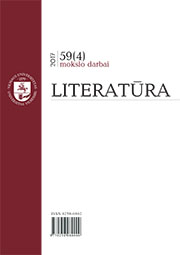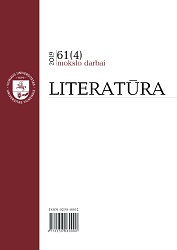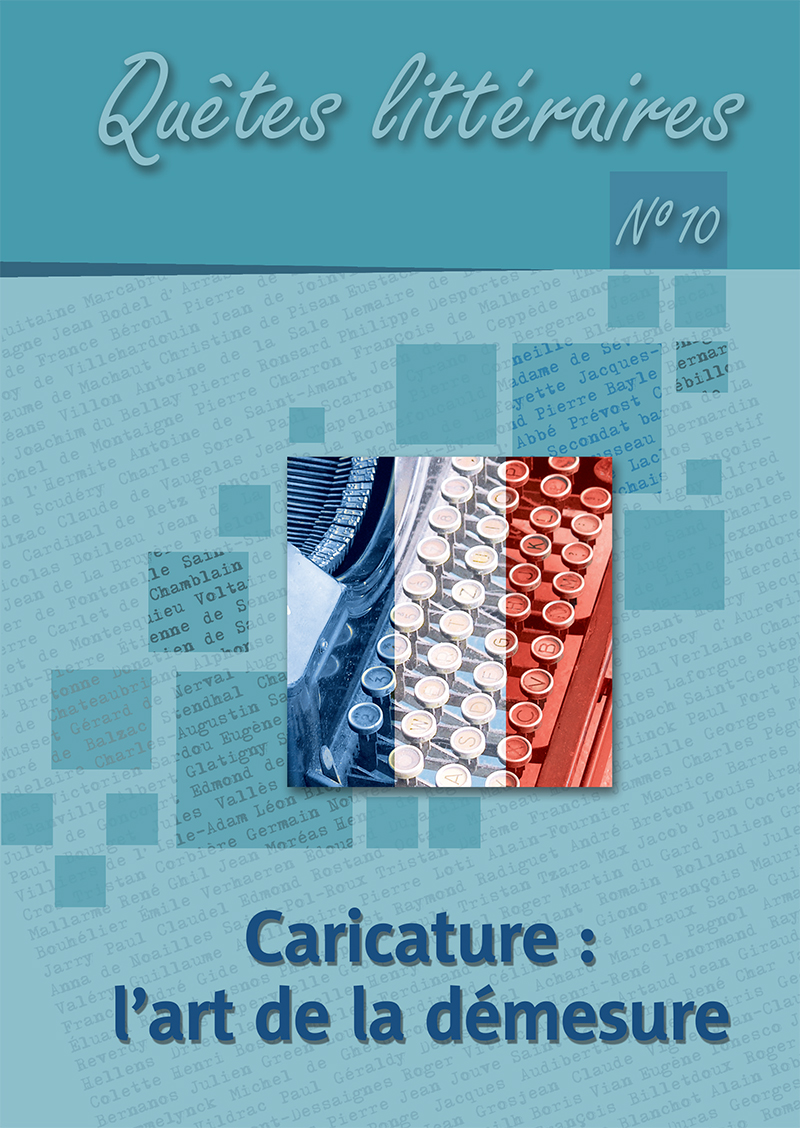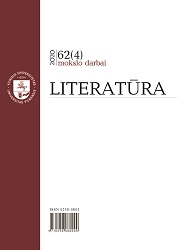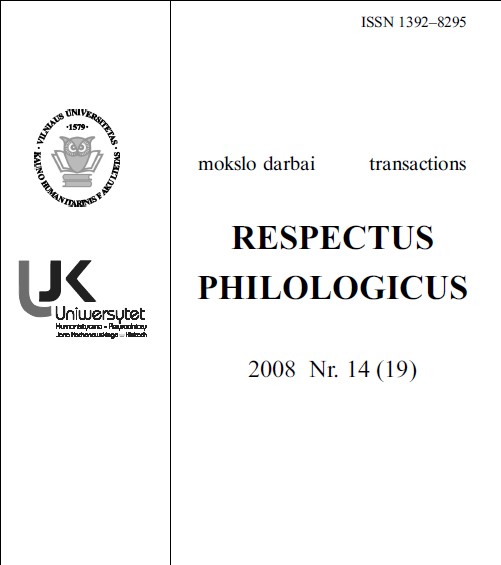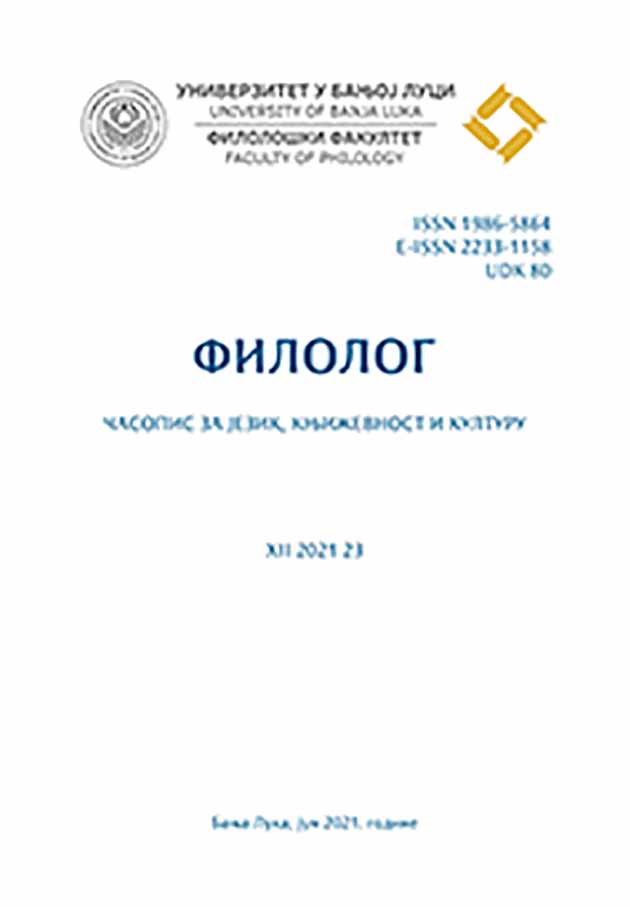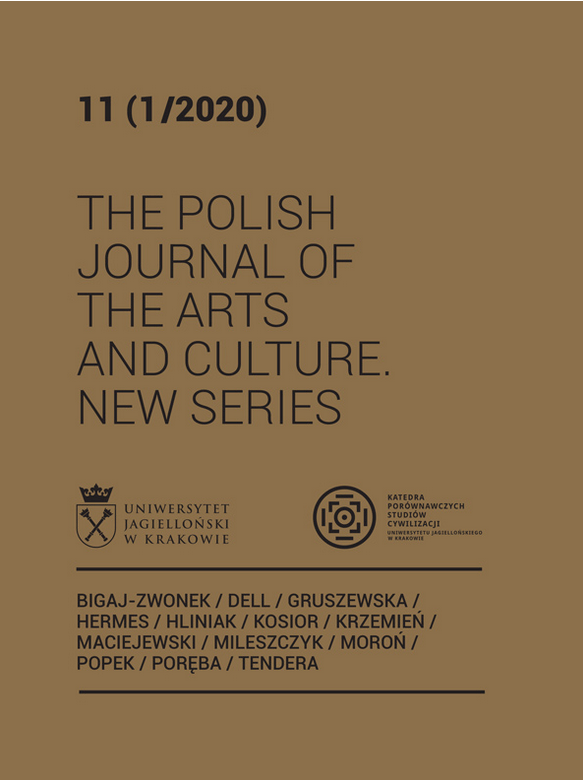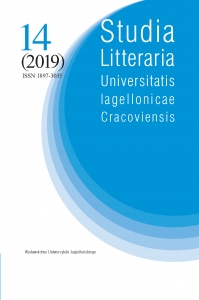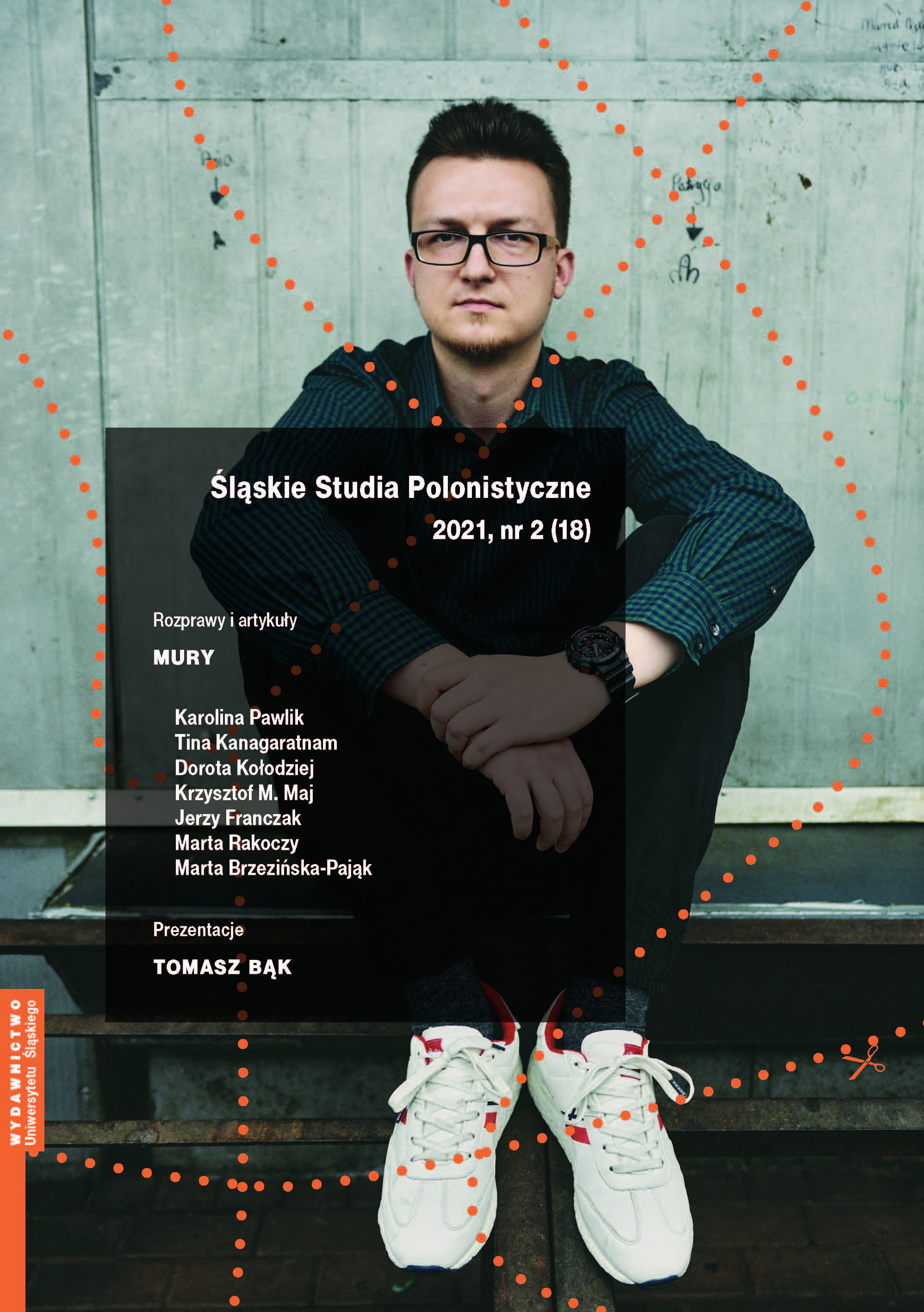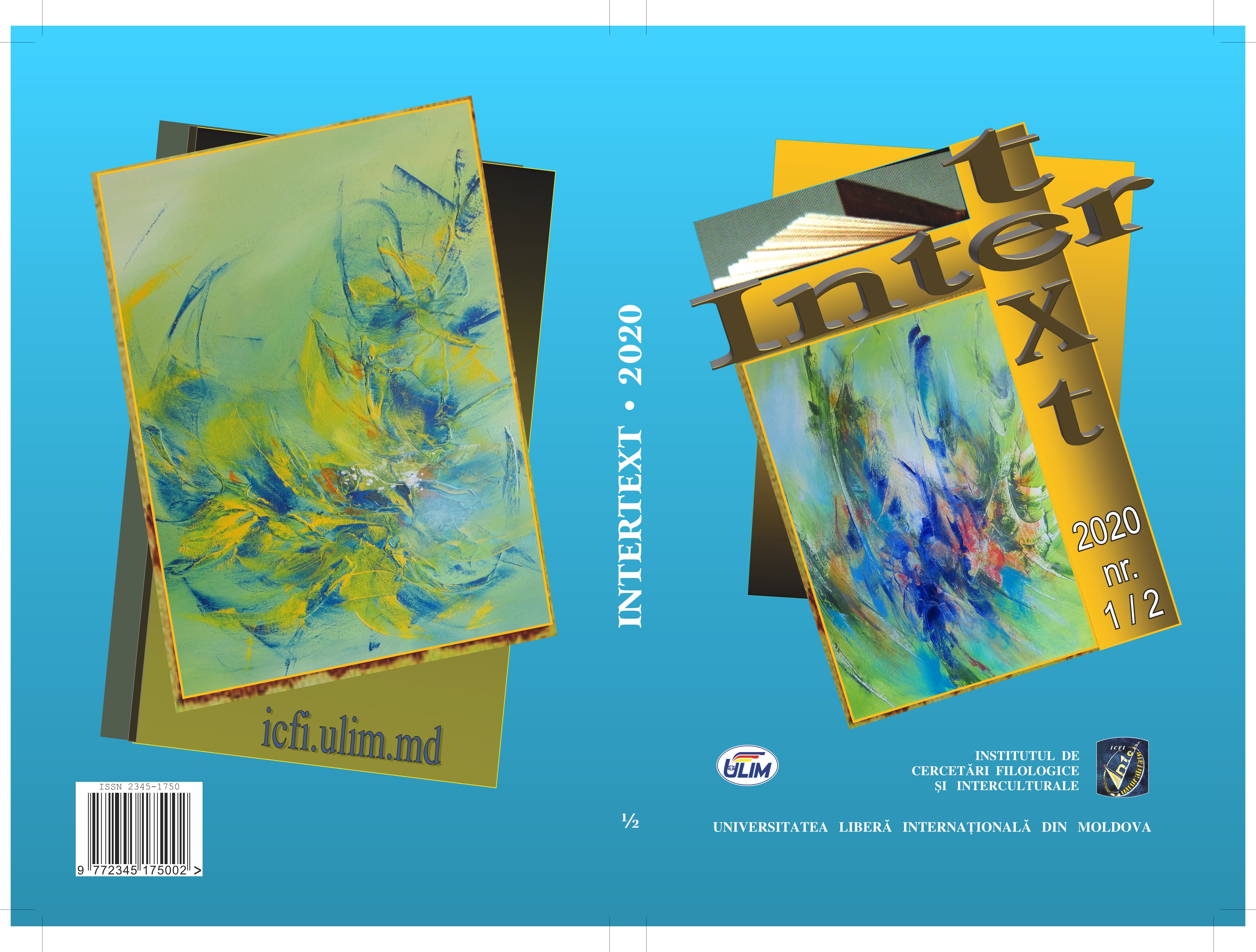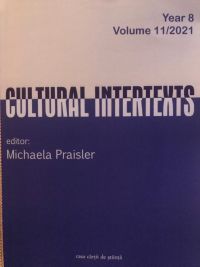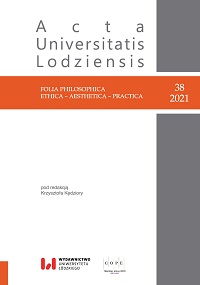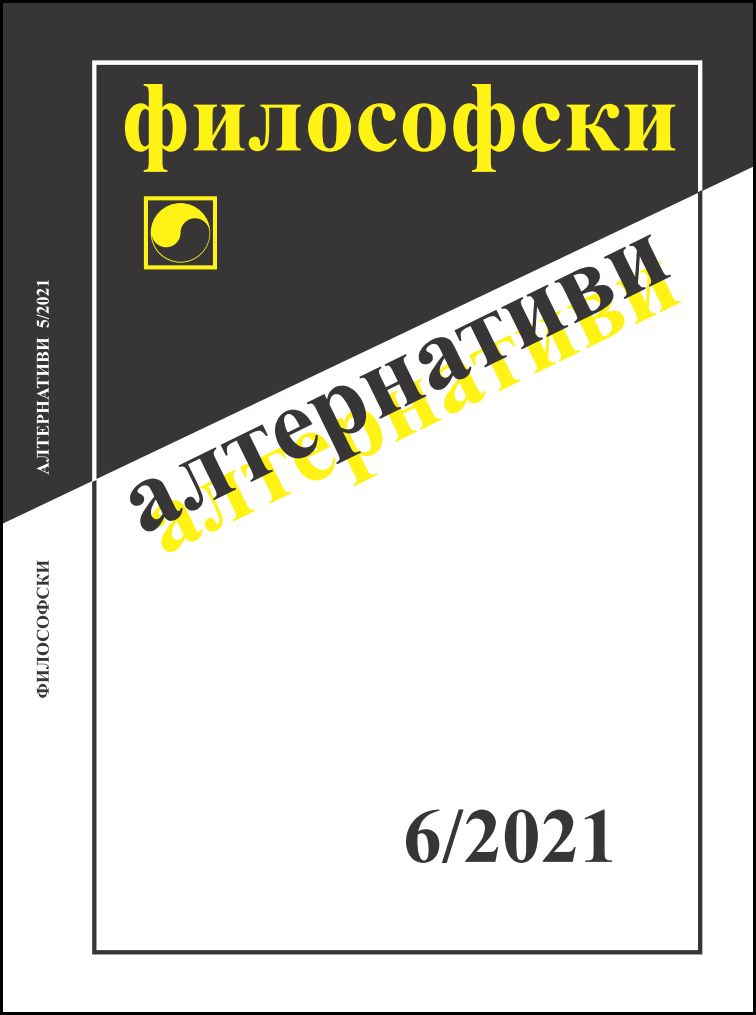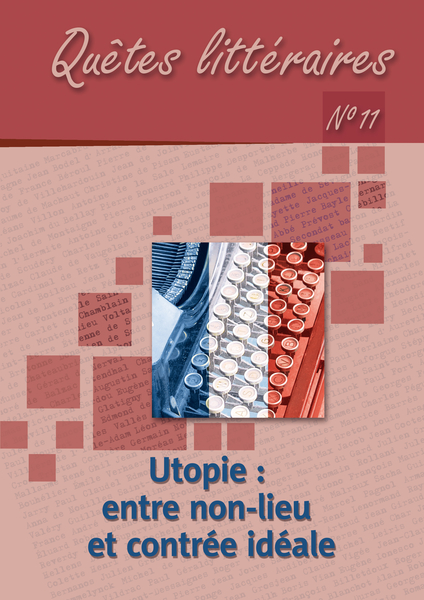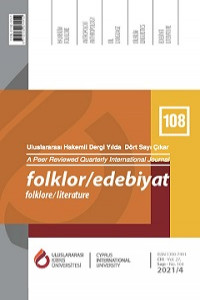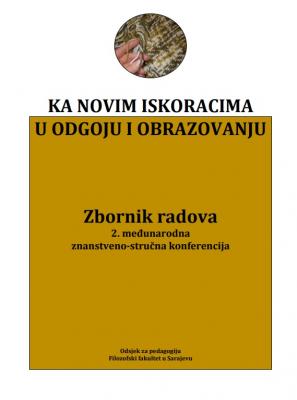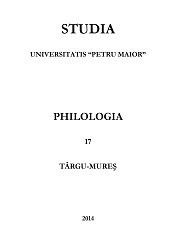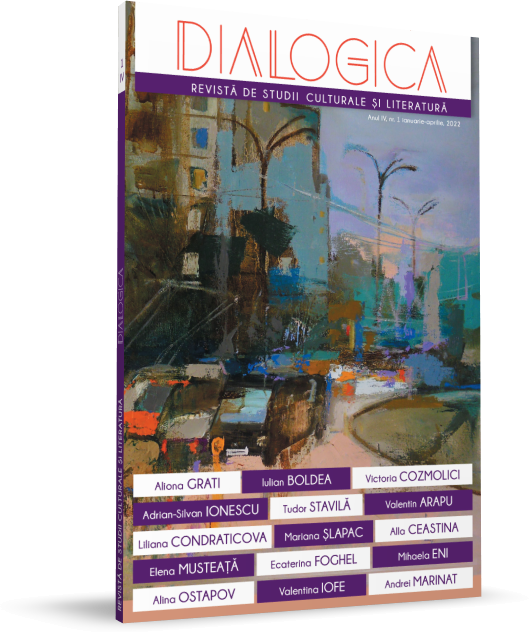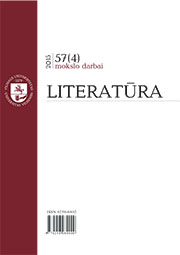
LIETUVIS PARYŽIUJE: TARP MANIJOS IR FILIJOS
The paper deals with the situation of a Lithuanian in Paris, in other words, the image of the capital of France presented in the travel books “Letters from Paris” (1937) of Antanas Vienuolis, “The Fair of Illusions” (1983) of Laimonas Tapinas, “Letters from Paris” (2007) of Rimantas Vanagas and “The Paris Diary” (2013) of Jaroslavas Melnikas.The paper draws on the methodology of imagology, according to which mania is identified when the writer perceives foreign reality as superior to national culture. Phobia, contrary to mania, is identified when national culture is valued more than foreign reality. Philia is identified when the writer perceives foreign and national culture identically. Idiocracy is identified when the writer presents his own attitude towards foreign reality.Despite changes in the historical context, the image of Paris remains mainly attractive and may be identified as philia. Some evidences of philia may be found in the books of A. Vienuolis, L. Tapinas, R. Vanagas, J. Melnikas although the time span between the publication of the first and the last book is about 80 years. No matter that the historical context is very different (e.g., the book of A. Vienuolis was published before World War II) it is not the main factor that would determine the priority of one culture over another.Several but not many evidences of mania or phobia may also be detected and it shows that the impressions of the authors are not onetime or hasty. The evidences of mania or phobia may be found in the books of A. Vienuolis, R. Vanagas, J. Melnikas. Still different cultural experiences, different potential of France as one of the main countries in the world undoubtedly contribute to the arousal of the above attitude.
More...
